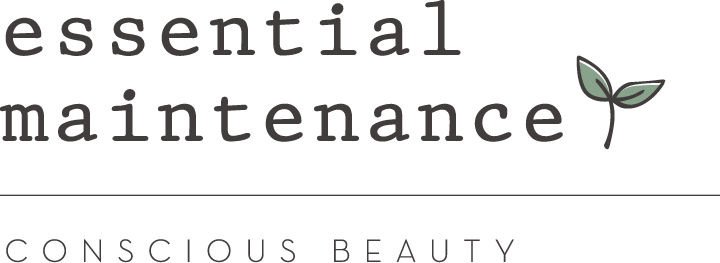How Sugaring Works
Welcome to Essential Maintenance’s comprehensive guide on how sugaring works, the natural and effective hair removal method that has gained popularity in recent years. In this blog post, we will delve into the process of sugaring, its benefits over other hair removal methods, suitable skin types, potential side effects, and much more. Whether you're new to sugaring or looking to enhance your knowledge, this guide will provide you with valuable insights and tips for achieving smooth, hair-free skin.
Sugaring is an ancient hair removal technique that originated in ancient Egypt and has been used for centuries in various cultures. Unlike waxing or shaving, sugaring utilizes a simple mixture of sugar, water, and lemon juice or another natural ingredient. This all-natural concoction is applied to the skin and gently removed, taking the unwanted hair from the root. The process is known for being less painful than waxing and for delivering longer-lasting results.
Sugaring works by applying a warmed sugar paste to the skin in the opposite direction of hair growth. The paste adheres to the hair while seeping into the hair follicle, effectively coating the hair from root to tip. As the paste is quickly flicked off, it pulls the hair out from the root, resulting in smoother skin. The paste's unique composition prevents it from sticking to live skin cells, reducing the risk of irritation and making it a suitable option for sensitive skin.
Sugaring offers several advantages over other hair removal methods. Firstly, the natural ingredients used in sugaring are gentle on the skin, reducing the likelihood of allergic reactions or irritation. Additionally, sugaring paste is water-soluble, making it easy to clean up with just warm water. Compared to waxing, sugaring is less painful as the paste adheres primarily to the hair and not the skin. Furthermore, consistent sugaring treatments can lead to hair follicle damage, resulting in hair growth reduction over time.
Sugaring is suitable for most skin types, including sensitive skin, as it does not contain harsh chemicals or resins that can cause irritation. Unlike waxing, which can break the hair and cause ingrown hairs, sugaring removes hair in the natural direction of growth, minimizing the risk of ingrown hairs. Additionally, sugaring can effectively remove hair of various textures, including fine and coarse hairs, making it a versatile option for different individuals.
While sugaring is generally considered safe, there are some potential side effects to be aware of. Temporary redness and slight discomfort are common immediately after the treatment, but these symptoms typically subside within a few hours. In rare cases, individuals with extremely sensitive skin may experience mild skin irritation. It is essential to follow proper pre- and post-sugaring care instructions to minimize the risk of adverse reactions.
The duration of sugaring results varies from person to person, but typically, the hair-free period can last anywhere from two to six weeks. With regular treatments, hair growth becomes sparser over time, leading to longer-lasting results. It's recommended to schedule sugaring sessions every four to six weeks to maintain smooth skin. To optimize the effectiveness of sugaring, it's important to follow proper aftercare instructions, such as exfoliating regularly and avoiding sun exposure immediately after treatment.
Sugaring can be performed both by professionals in salons and spas or at home using DIY kits. While home sugaring can be cost-effective and convenient, professional sugaring ensures expertise and precision, especially for hard-to-reach areas. Professionals are trained to assess your skin type, hair texture, and other factors, ensuring a safer and more effective experience. However, if you choose to do sugaring at home, be sure to carefully follow the instructions provided and maintain proper hygiene.
There are a few misconceptions surrounding sugaring that need clarification. Contrary to popular belief, sugaring does not make hair grow back thicker or darker. Over time, regular sugaring can lead to hair growth reduction and finer regrowth. Additionally, sugaring is not limited to specific body areas and can be performed on various parts, including legs, underarms, bikini area, and even the face. It's essential to separate facts from myths to make informed decisions about hair removal methods.
Sugaring is a natural and effective hair removal method that offers numerous benefits, including longer-lasting results, suitability for sensitive skin, and reduced risk of ingrown hairs. By understanding how sugaring works and following proper care instructions, you can achieve smooth and hair-free skin. Whether you opt for professional sugaring or choose to do it at home, this guide has provided you with the necessary information to make an informed decision. Embrace the sweet solution of sugaring and enjoy the confidence that comes with beautifully smooth skin.


